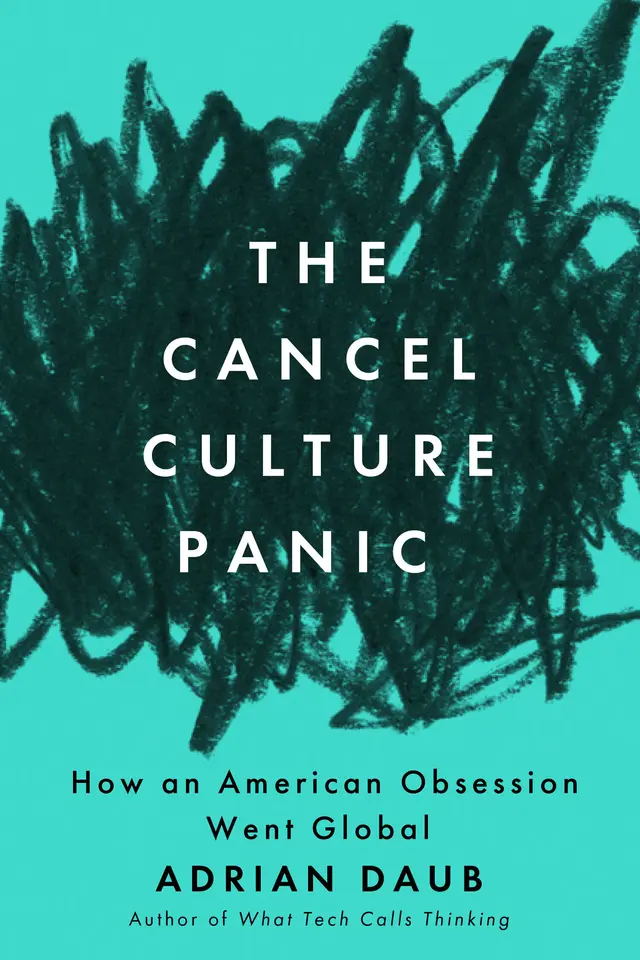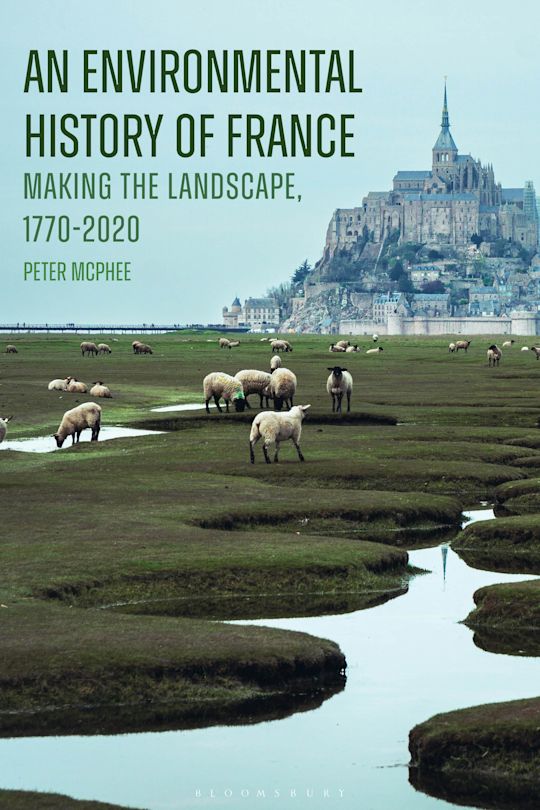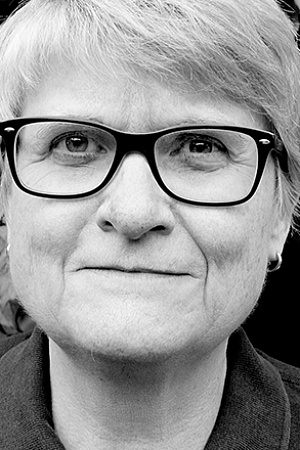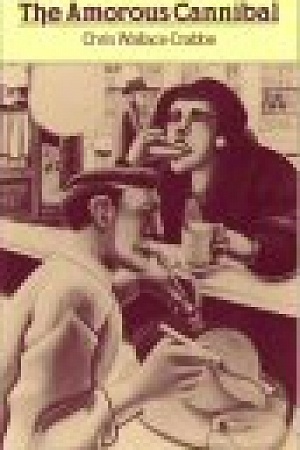A Thousand Crimson Blooms
University of Queensland Press, $24.99 pb, 86 pp
Merit in quietude
The biographical note to A Thousand Crimson Blooms observes that Eileen Chong’s first book, Burning Rice (2012), is ‘the first single-author collection of poetry by an Asian-Australian to be studied as part of the NSW HSC English syllabus’. Having run many writing workshops for students and adults over the years, Chong takes her pedagogy as seriously as her poetry. It’s no surprise, then, that A Thousand Crimson Blooms, Chong’s fifth collection, is replete with scenes of instruction. In ‘Teacher’, the poet corrects her mother’s pronunciation (‘I say TEAcher, then, I say teacher. / … I feel like an arsehole’) only to stand corrected by memories of her mother’s gentler tutelage. The collection’s dedicatee, Chong’s grandmother, metes out corporal punishment in ‘Hunger’, but has her own body disciplined in ‘Float’. The poet learns the meaning of ‘thole’ (Scottish for ‘to endure / what is barely bearable’) and after surgery discloses the origins of her nurse’s name. If there is pathos evoked by these anecdotes, much of it has to do with the way knowledge – how to care for the body, where to look for the roots of words – helps the poet overcome the inertia occasioned by violence, whether racial, sexual, or medical.
Continue reading for only $10 per month. Subscribe and gain full access to Australian Book Review. Already a subscriber? Sign in. If you need assistance, feel free to contact us.
















Comments (2)
It’s clear, however, that we value different sides of Chong’s poetics. Perhaps there’s disappointment that I hadn’t made more of Chong as a poet of ‘resistance’ (as the book’s blurbs invite us to). I imagine that there are plenty of other reviewers who will be more amenable on this front, and I am happy to leave that well-furrowed field to them.
You’ve provided a wonderfully eloquent defence of one way of reading and valuing Chong’s work, but can I suggest that being Chong’s editor might perhaps give this defence less rather than more weight. There’s a Chinese saying, ‘当局者迷,旁观者清’ (dang ju zhe mi, pang guan zhe qing), that roughly translates as: ‘What’s bewildering to those at play is, to the bystanders, clear as day’.
Leave a comment
If you are an ABR subscriber, you will need to sign in to post a comment.
If you have forgotten your sign in details, or if you receive an error message when trying to submit your comment, please email your comment (and the name of the article to which it relates) to ABR Comments. We will review your comment and, subject to approval, we will post it under your name.
Please note that all comments must be approved by ABR and comply with our Terms & Conditions.